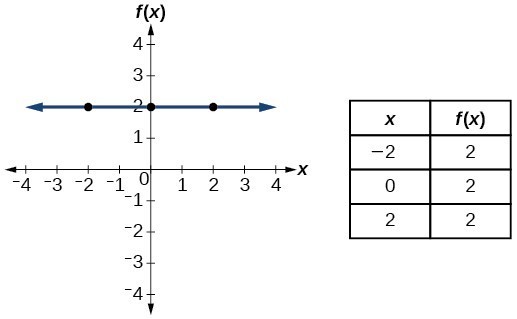

Pri tio oni ne vere plu bezonas la koncepton de grafikaĵo. Kiam oni uzas tiun difinon, la funkcio aŭ rilato samas al sia grafikaĵo.
Graphmatica cube root function pro#
Pro la graveco de la arteorio en la matematiko, tiu difino nun estas uzata tre vaste.

En la arteorio oni difinas funkciojn kaj rilatojn pere de ties grafikaĵoj. Kiam oni desegnas tiun aron en la, rezultas jena funkcibildo: La koncepto de grafikaĵo de funkcio estas speciala kazo de la koncepto de grafikaĵo de rilato. Ekzemple la grafikaĵo de la reela kuba polinomo estas la aro. Grafikaĵo de funkcio f(x) estas la aro de punktoj kun koordinatoj (x,f(x)).

Also note that for an implicit function which the program can transform into an explicit function of y, but not x (e.g. For relations such as equations containing y^2, the derivative is only found for the function with the positive root. Therefore, the best way to check a derivative you found by hand is to overlay its graph with what the Find Derivative function generates.įinding the derivative is only supported for Cartesian, polar, and parametric functions. Note that while the curve produced by this process will always be correct, the equation of the curve may not be very well simplified, especially for complex equations. (If the function you want to use is not in the queue, you must graph it first.) The program will then manipulate its internal representation of the equation to produce its derivative, add the resulting equation to the queue, and immediately graph it. To differentiate a function, select it in the queue and then Choose Find Derivative from the Calculus menu. Graphmatica is able to perform symbolic differentiation on most common functions and to display the derivative of a given curve in both text and graphical formats. Graphmatica Help - Finding the Derivative of a Function


 0 kommentar(er)
0 kommentar(er)
